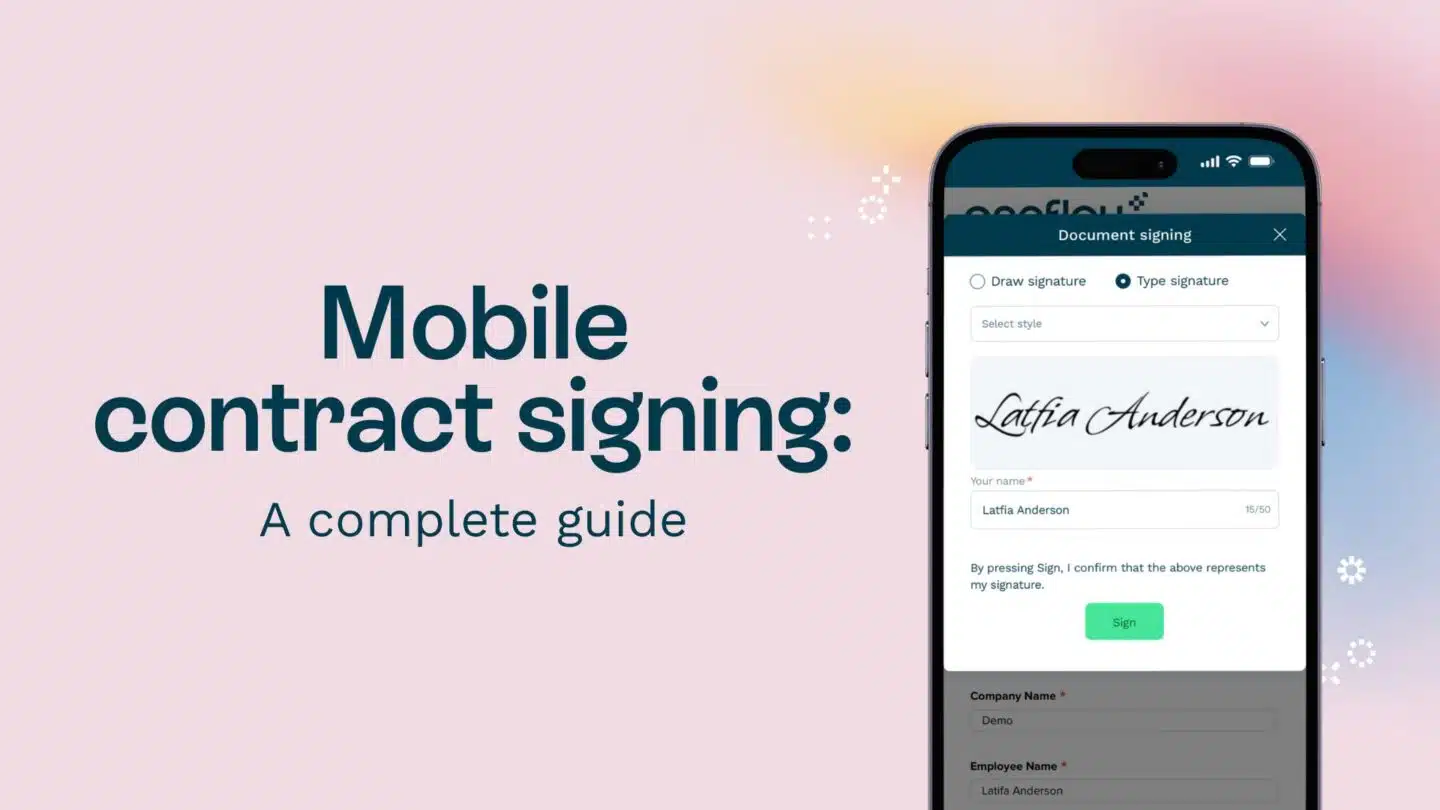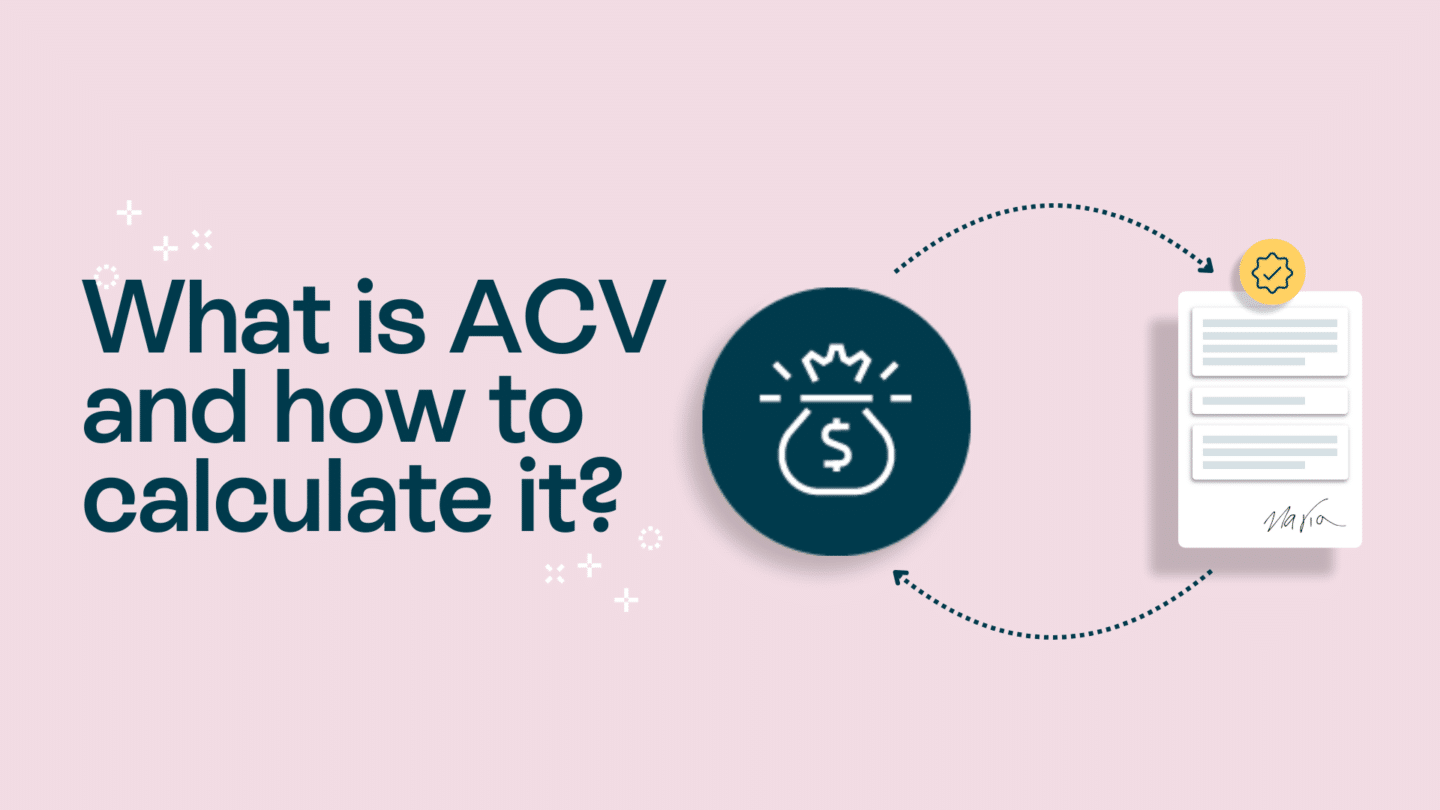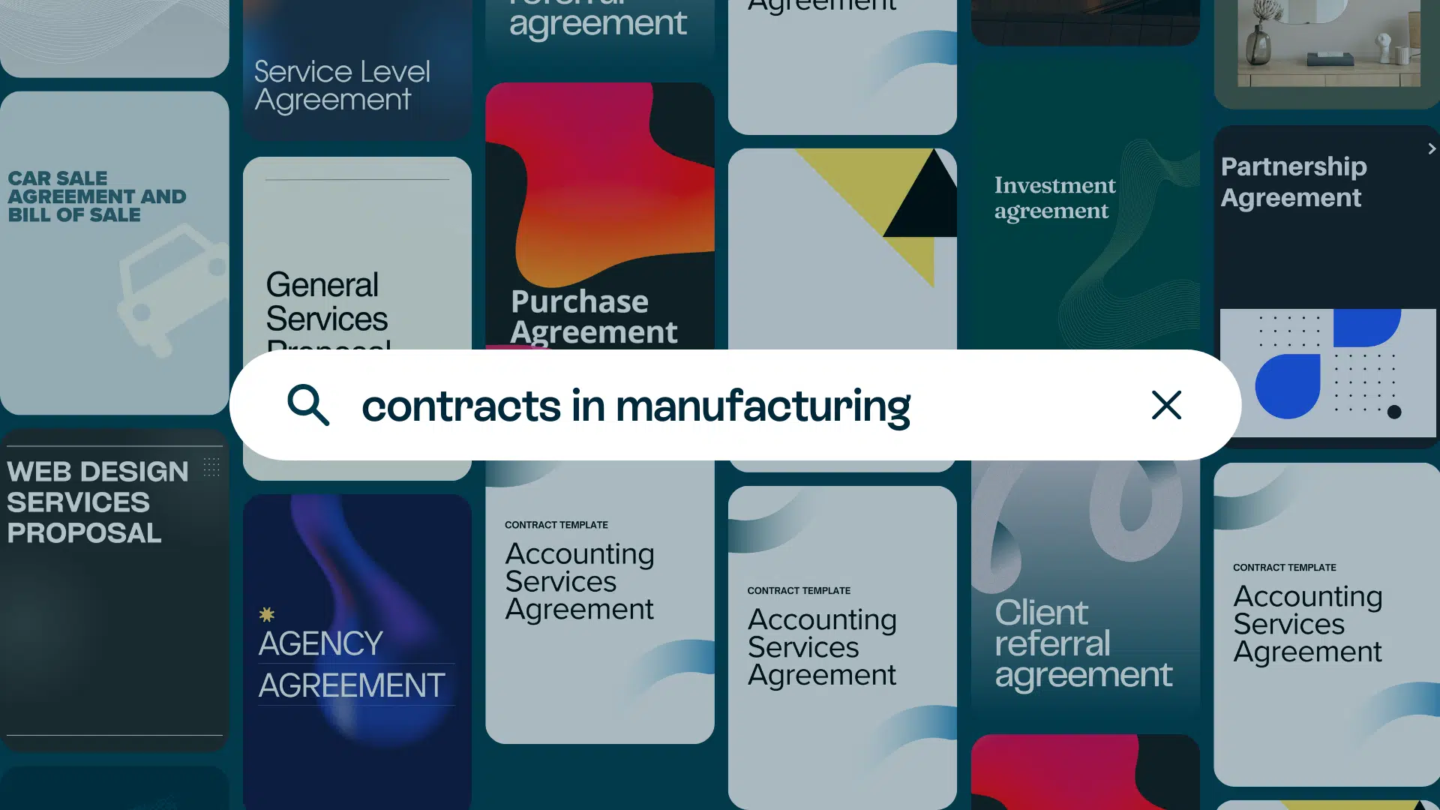Just as there’s no one way to put together a sales team, there’s no one way to craft a sales tech stack. Sure, you want each part to complement each other. Some are stronger in certain areas than others, but building a tech stack is just like building a team. You’ve gotta know what you’re looking for and put the pieces together that paint a pretty picture. But what are those pieces that sales leaders look for in their tools? And what were the determining factors that made them go with that particular option?
After hearing from over 100 sales professionals in a survey we conducted, we noticed a couple of trends in the tools that made it into their tech stack. Chief among them were how easy the tool is to use, as well as how simple it is to integrate with the tools that you’re currently using. These two traits were the most important and necessary according to sales professionals when determining what new tools to incorporate into their work life.
1- Ease of use
According to 80% of our respondents, the number one thing they look for when deciding to add a new tool to their sales tech stack is its ease of use. That means that you’ll toss overcomplicated and complex tools into the bin. It’s important to remember that we use technology to make our life easier, and if a piece of tech doesn’t do that, then it’s not for us.
Max Ek, Enterprise Account Executive at Asana had this to say about the importance of a tool’s simplicity and usage, “How the tool is being used is definitely more important, simple tools can solve complex problems and save time, whereas the opposite might not be true.”
That rings true as a tool with tons of bells and whistles might look nice and helpful on paper, but functionally, it tosses a wrench into processes that only needed a little tweak. With that being said, it doesn’t mean to duct tape or paper over any cracks in your process with a tool. It means that if a tool is easy to use, it’s simple, and solves your problem then you are in business. No need to overcomplicate things with an expensive solution that may promise to do more than it actually does. The KISS principle applies here.

2- Integration with existing tools
The second most important trait, that 75% of respondents said they look for in a sales tool is how easy it integrates into the other tools they are working with. There are a lot of moving parts and variables that go into a sales tech stack, and the last thing you want to do is change up your whole way of working just for one new tool. It’s an unnecessary expenditure of time and effort that can cause more problems than it solves.
According to George Bronten, CEO of Membrain, when putting together your tech stack, the tools should complement each other and that’s a huge mistake people can make. “I believe the biggest mistake is changing one’s processes to fit the technology rather than the other way around.” There’s no need to try to shoehorn something into a position, or function that it wasn’t designed for. When thinking about sales tech stacks don’t lose sight of the forest for the trees.
Again, sales tools exist to make the sales process easier and more streamlined. That should always remain top of mind when evaluating and deciding what tool should be used or included in your stack.
Martin Hennig Morrissette, Principal Success Manager at Salesforce shared this same sentiment when he said, “I have seen many redundancies in tech stacks in the past, tools with overlapping capabilities. It doesn’t really matter how many tools you accumulate if you don’t know how to use them. Quality > quantity.”
As with most things, it’s about the quality of it, not the quantity. If you’re adding tools just for the sake of it, is it really helping? It’s important to take a step back and really think about the value you’re getting from a certain tool. Will it make the job easier? Will it save time? What, if any benefits will we get from using it? It sounds a bit basic, but doing a cost-benefit analysis is a smart action to take in the beginning, that will save you major headaches in the long run.
Read also: 7 tips on how to sell during a recession


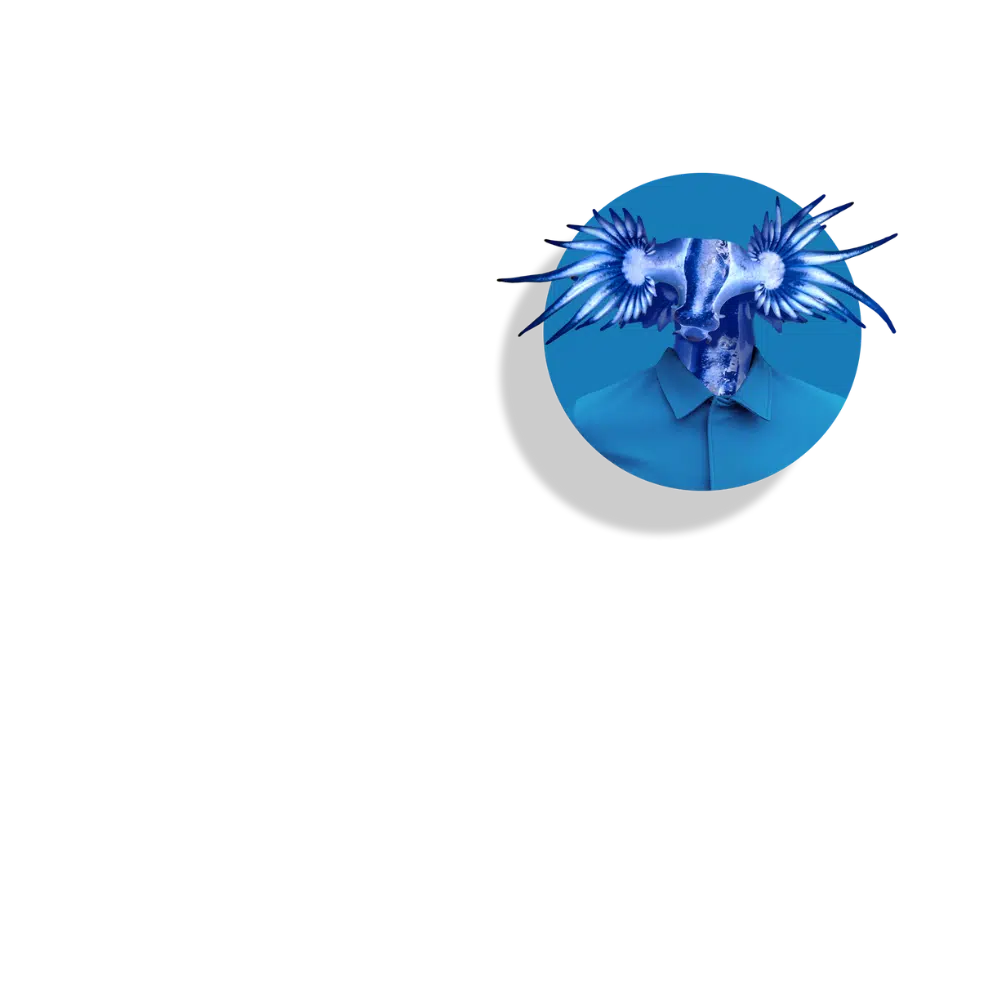

Discover your sales assassin alias
And get the tech stack that will support your killer vibe.
How sales tools get deals over the line?
As sales tools exist to make life easier for sales professionals, what are some concrete examples of them helping them in their day-to-day? Or giving them the advantage to push a deal along into the next stage? The tools they use are there to aid them in being the best salespeople they can be.
This is what we heard from the respondents in our survey on cases where a piece of tech came in clutch for them.
3- Relationship building
“Sonero is awesome. There’s no need to take notes while I am on Zoom meetings with my clients. I can focus on them knowing Sonero is taking notes and their AI gives me great insights into client’s engagement, mood, etc. I learn a lot about how to present better from reading my notes after presentations.”
This is a prime example of a salesperson leveraging the tools at their disposal to aid them in a deal. Sales is a social profession. It’s about relationship building. Then maintaining those relationships as time goes on. Having a tool that allows you to focus on the human element of a meeting and selling while it tracks intangible data points will aid in bettering that relationship. Then they can always circle back to their notes and pick up on a point they might have not noticed while on the call.
“Unique summarizes the topics covered in calls and documents them so no details are missed. This is crucial for drilling into pain points, closing, and cross-selling.”
Similarly, this respondent had another experience where a piece of tech ensured that no little thing is overlooked during a call. It creates an audit trail and a path to fall back on and continually refer to aid a salesperson in their process. Having a wealth of information and time-critical knowledge at your disposal can be invaluable in winning a deal.

4- Stages of the sales cycle
Another respondent had this to say about going through the stages of the sales cycle:
“Driving the deal: Vidyard combined with great google slides for a business case, mixmax insights into the engagement of the emails sent before and after the deal – Leadoo to show me engagement on our website and convert more influencers of the deal. Closing the deal: Vidyard for summarizing the proposal, Mixmax insights into the engagement of the emails sent before and after the deal – Leadoo to show me engagement on our website and support the visitors from that company and pinging me with the temperature-measure that means for me in a sales process.”
And one more respondent echoed that sentiment that having the ability to help drive deals along is so valuable.
“Tracking prospects traffic through Leadfeeder and being able to prepare touchpoints before a meeting to bring up relevant subjects and closing the deal.”
Finally, Nicolas Paanalahti Abrahamsson, Sales Country Manager at Oneflow had this to say about a tool giving him an edge as the deal moves from stage to stage. And the importance of having that information available every step of the way.
“What’s cool with Oneflow is that I can help the prospect and nudge them forward during all stages of the process. Basic analytics help me in my sales process, like seeing what they’re doing inside the proposal and how many times they’ve opened it. I can be sure I’m calling them at the right time. Oneflow takes the guesswork out of the sales process.”
These are just a few of the many times throughout the sales process that a tool comes in handy and works as expected. It’s great and a rewarding feeling when something works and does the job that it’s supposed to do. Having the right tools at your disposal can help progress your deals and give them the nudge they need, at the right time. Sometimes it’s about being in the right place, at the right time. And having a tool to help you know where to be, and when is huge.
Read also: 7 Negotiation tips and tricks for success
5- Sales tools are not a panacea – people still matter
Sales is a social profession. It requires human interaction and no small amount of finesse when it comes to managing relationships and people. Sales will always require a human touch. Salespeople sell to other people, at least for the time being.
And according to our respondents, every one of them had at least one part of their sales process that they were still doing manually. This was due to a variety of reasons. It could be that that part requires human interaction such as conducting a demo. Or a tool doesn’t exist to automate that part yet. Whatever the reason, sales isn’t completely automated, yet. That’s a good thing.
Max Ek, Enterprise Account Executive at Asana shares the same sentiment that some parts of the sales process should stay manual:
“I think several steps in the sales process will require the human aspect, the discovery probably the most important one, given that the people evaluating new solutions don’t always understand themselves what the root cause for their problem is or the impact it may cause. The second most important part of value-based solution selling is connecting with the prospect, and recommending the right solution to their problems, as the tech itself normally doesn’t solve problems.”
The potential to over-rely on tools or tech is there. It’s a very real risk that applies to more than just sales tech. If a tool makes our lives easier, we can use it too much. Or start to use it in ways that it wasn’t originally intended or to. That is a problem.

6- What’s more important? The tool or how you use it?
Every single person we asked this question was on the same page. They agreed that it doesn’t matter what tools you are using. The most important thing is how you use them.
According to George Bronten, “A fool with a tool, is still a fool.” He makes a valid point. Giving people the right tools to succeed can be hugely beneficial. But if they don’t know how to use them, it’s a bit of a waste. For example, you wouldn’t give a lumberjack a chainsaw on his first day. Whose only ever used axes, and expect him to cut down trees like an expert right? Sure, it’s an automatic chainsaw so he can do the job of cutting the tree down. But the technique and skill that come with knowing how to use a chainsaw properly are lost on him.
Fredrik Selander, CMO of Superoffice agrees with George. He was quoted saying, “The way we use the tool is of course the most important aspect. Only then you will realize the full benefit of the tool. The product team creating the tool has most likely spent thousands of hours to figure out how to solve the problem at hand in the most efficient way.”
As with most things, we should trust the experts. The people who designed the product, know what it’s for and what it’s best at. That’s how you can reap the benefits in the most important and efficient way.
7- What about the future of sales tools?
It’s never easy to predict the future. Many things change. Strategies become outdated and new software is released. It’s tricky to pinpoint how exactly things will play out. Yet there are a few things that we can safely assume.
Firstly, there will always be the need for a human aspect in sales, regardless of what the tech does. People like connecting and forming relationships with each other. 58% of the respondents said that great sales tech cannot replace bad salespeople or bad sales strategies. It’s not a silver bullet or a magic weapon. People are selling to people. We’re not selling to robots, yet!
Figuring out what to put in your sales tech stack comes down to knowing yourself and your team. What are you selling? What are your team members like and how does your team work together? Then, what are your goals?
Once these are all in order, putting the tools together to help you succeed should be easier to figure out. You can use this guide to find the right tools for your sales tech stack.

